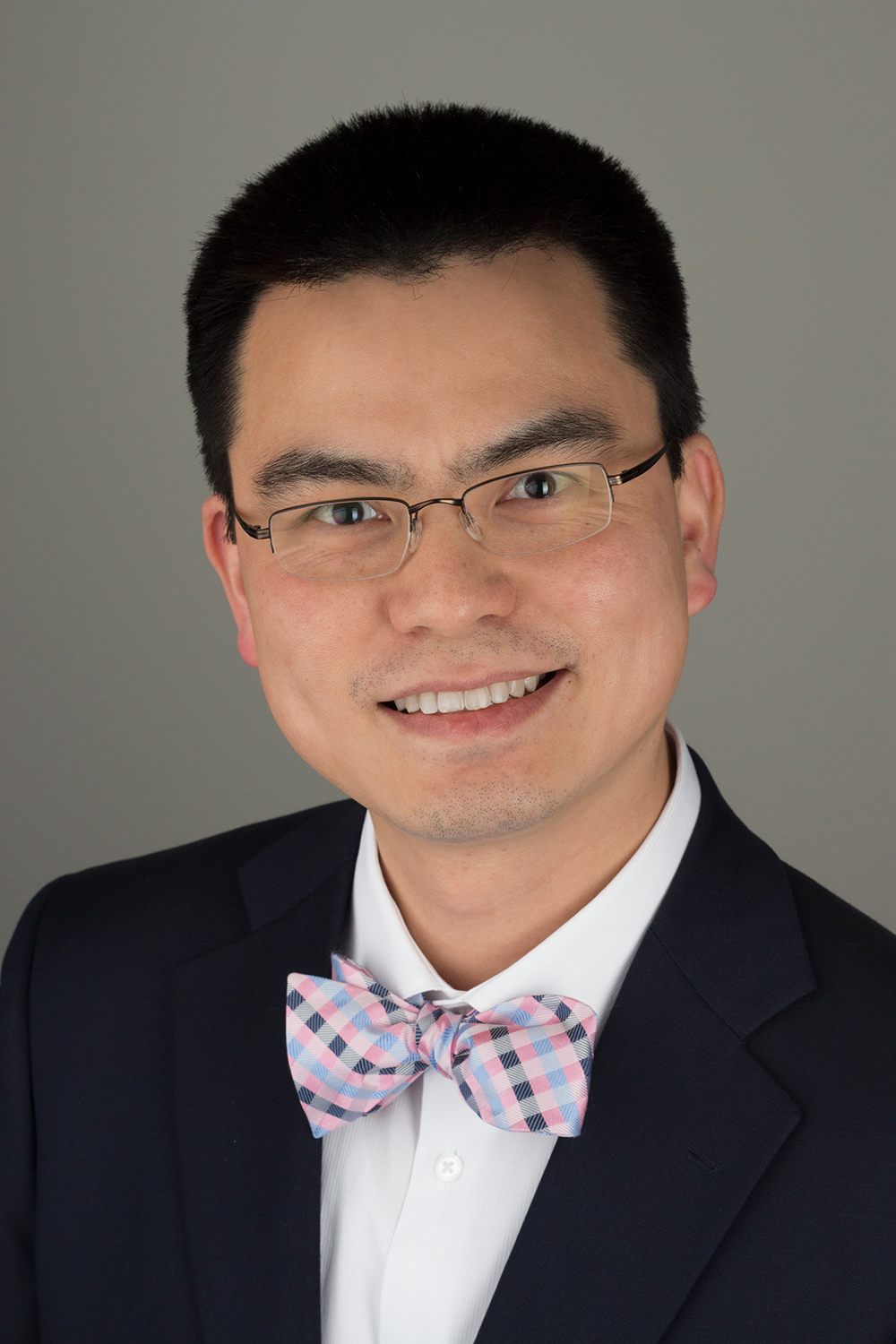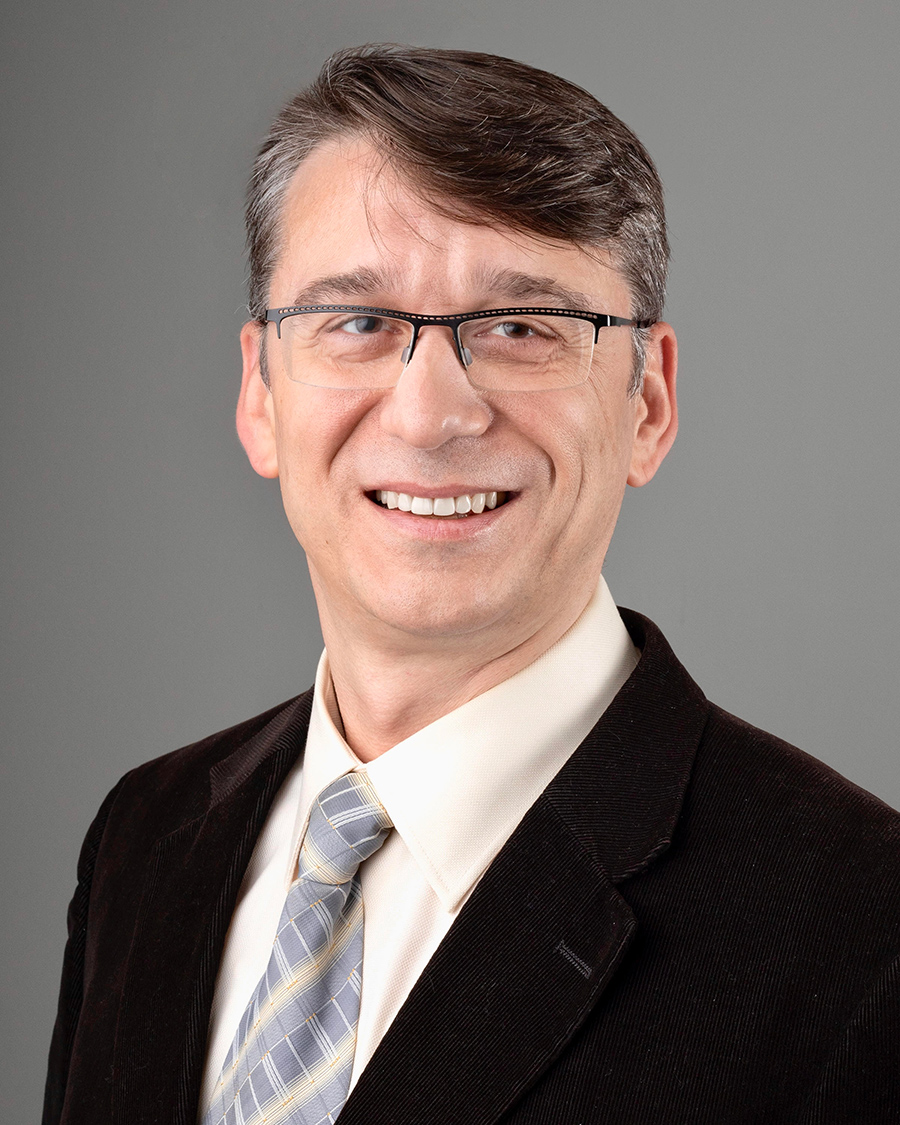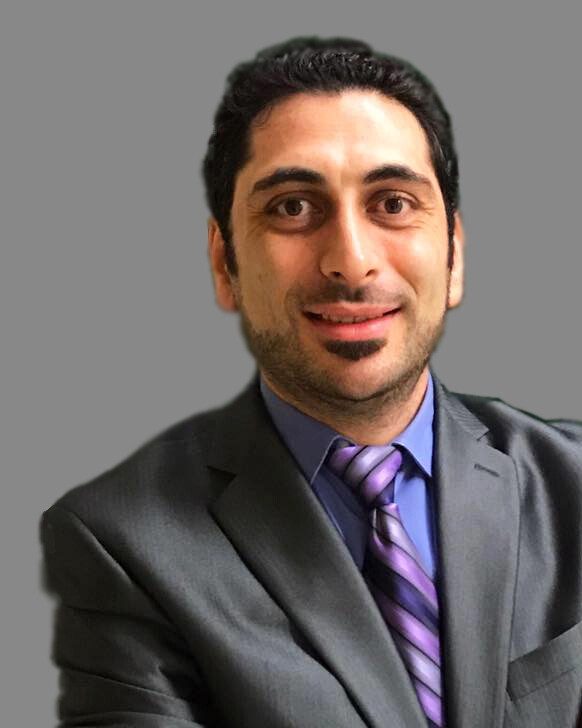
Z. Gordon Jiang, MD, PhD
Gordon Jiang is a transplant hepatologist and physician-scientist with a special interest in steatotic liver disease, also known as fatty liver. Dr. Jiang received MD and Ph.D. from Boston University School of Medicine in 2011. As a physician, Dr. Jiang runs a fatty liver clinic at BIDMC and treats patients with both alcohol-related liver disease (ALD) and metabolic dysfunction associated steatotic liver diseases (MASLD). Dr. Jiang is an assistant professor at Harvard Medical School. He is an associate director of the physician-scientist track at BIDMC Internal Medicine. He co-directs the Systemic Manifestation of Metabolic Disease Research Hub at BIDMC and BIDMC Translational Biorepository and Databank.
Dr. Jiang is the principal investigator of an NIH-funded laboratory focusing on understanding how lipid metabolism is altered in hepatocytes (liver cells), which contributes to the progression of ALD and MASLD, especially in the setting of liver fibrosis and liver failure. He has pioneered the use of NMR profiling and VLDL-lipidomics to understand liver cell dysfunction and has identified lipoprotein Z, an abnormal lipoprotein whose presence strongly prognosticates outcomes in alcohol-related hepatitis. Dr. Jiang’s research focuses on identifying key genes and pathways regulating lipid metabolism in human liver cells and developing novel strategies to harness liver cell fate through RNA-based therapeutics.

Yury Popov, MD, PhD
Dr. Yury Popov is a founder and director of the translational Liver Fibrosis Core Lab, a one-of-a-kind facility in New England, which focuses on testing and validating the antifibrotic efficacy of novel drug candidates in our cutting-edge animal models of liver fibrosis. Since its establishment in 2010, dozens of small molecules and biologicals have been rigorously tested at the Liver Fibrosis Core Lab in partnership with Pharma and Biotech, with several selected agents advancing to clinical trials in Metabolic-associated Steatohepatitis, Primary Biliary Cholangitis, and Primary Sclerosis Cholangitis.
Through our Liver Fibrosis Core, we offer access to world-class expertise in pre-clinical drug testing using small animal models of chronic liver disease, and proprietary and non-proprietary animal models. We have several well established and routinely run mouse and rat models of liver fibrosis of metabolic, biliary and post-necrotic etiology readily available.
For more information please contact Yury Popov.

Giuseppe Pettinato, PhD
Giuseppe Pettinato is a Molecular Biologist by training (2002) from the University of Catania, Italy, and received his Ph.D. in Andrological Science and Human Reproduction (Embryology) (2008) from a European joint program between the University of Catania, Italy, and the Andalusian Center for Molecular Biology and Regenerative Medicine (CABIMER) in Seville, Spain, where he got his training in developmental and cell biology, bioengineering, and regenerative medicine, with a specific focus on the differentiation of human pluripotent stem cells and the development of tissue-specific organoids. Dr. Pettinato is currently an Instructor at Harvard Medical School and holds the position of Director of the Stem Cell and Organoid Research and Engineering Center (SCORE) and Core at Beth Israel Deaconess Medical Center (BIDMC). He has contributed to scientific advancements through the invention of a technique that enables the rapid and high-throughput formation of embryoid bodies derived from dissociated human induced pluripotent stem cells (hiPSCs). This innovative methodology utilizes microfabricated cell-repellent microwell arrays, facilitating the efficient generation of organoids for various applications and research endeavors.
The principal focus of his research centers on the generation of liver organoids using an ad-hoc proprietary protocol that he has developed and patented. These liver organoids exhibit the primary characteristics inherent to human primary hepatocytes. Consequently, they represent a promising resource for multifaceted applications, including cell replacement therapy for instances of acute and chronic liver failure. Additionally, these organoids serve as invaluable models for studying liver diseases such as non-alcoholic steatohepatitis (NASH), and non-alcoholic fatty liver disease (NAFLD), and for elucidating drug targeting strategies for hepatitis B virus (HBV), among other potential applications.
